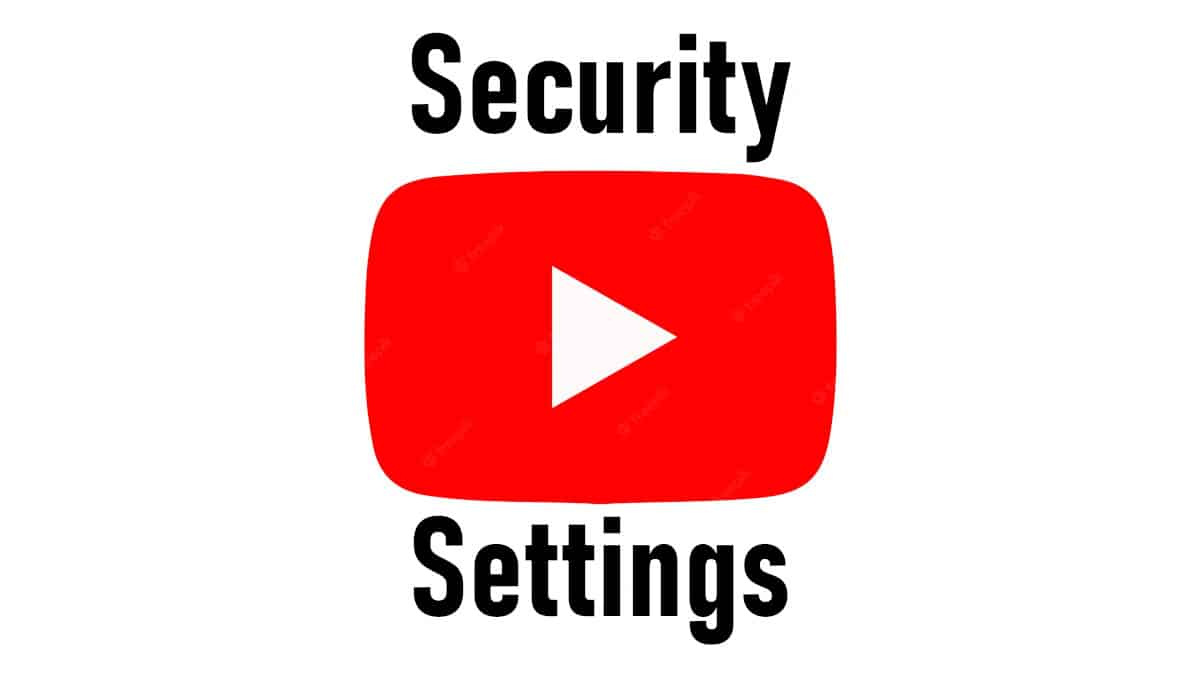YouTube Security Settings Explained

Table of Contents
YouTube is a popular platform used by millions of people worldwide. While it provides an excellent platform for sharing and viewing videos, ensuring your account and content remain safe is also important.
YouTube provides several security settings that you can use to protect your account and content. This post will look into some of the critical YouTube security settings you should know.
Prime Day is finally here! Find all the biggest tech and PC deals below.
- Sapphire 11348-03-20G Pulse AMD Radeon™ RX 9070 XT Was $779 Now $739
- AMD Ryzen 7 7800X3D 8-Core, 16-Thread Desktop Processor Was $449 Now $341
- ASUS RTX™ 5060 OC Edition Graphics Card Was $379 Now $339
- LG 77-Inch Class OLED evo AI 4K C5 Series Smart TV Was $3,696 Now $2,796
- Intel® Core™ i7-14700K New Gaming Desktop Was $320.99 Now $274
- Lexar 2TB NM1090 w/HeatSink SSD PCIe Gen5x4 NVMe M.2 Was $281.97 Now $214.98
- Apple Watch Series 10 GPS + Cellular 42mm case Smartwatch Was $499.99 Now $379.99
- ASUS ROG Strix G16 (2025) 16" FHD, RTX 5060 gaming laptop Was $1,499.99 Now $1,274.99
- Apple iPad mini (A17 Pro): Apple Intelligence Was $499.99 Now $379.99
*Prices and savings subject to change. Click through to get the current prices.
Password
Your password is the first line of defense for your account. It is essential to use a strong password that is difficult for hackers to guess. You should also avoid using the same password for multiple accounts. To change your password, go to your YouTube account settings and click on “Change password.”
Two-Step Verification
Two-step verification adds an extra layer of security to your account. With two-step verification, you must enter a code sent to your phone or email and your password to access your account. To enable two-step verification on YouTube, go to your account settings and click on the “Security” tab.
Channel Visibility
Channel visibility determines who can view your channel and your videos. You can choose to make your channel public, private, or unlisted. A public channel is visible to anyone on YouTube, while a private channel is only visible to the people you invite to view it. An unlisted channel is not visible in search results or your channel page, but anyone with the video link can view it.
Comments
YouTube comments can be a great way to engage with your audience but can also be a source of negativity and harassment. You can allow all comments, hold potentially inappropriate comments for review, or disable comments entirely. To change your comment settings, go to your video’s settings and click on the “Comments” tab.
Content ID
Content ID is a tool that assists all copyright owners in identifying and managing their content on this platform. If you upload content that matches the content in the Content ID system, the copyright owner may choose to monetize or remove your video. To avoid copyright issues, you should only upload content you have the right to use. You can dispute Content ID claims if you believe they are incorrect.
Copyright Notices
If you receive a copyright notice, someone has claimed you have used their copyrighted material without permission. You can choose to dispute the claim or remove the content. If you receive multiple copyright notices, your account may be terminated. To avoid copyright issues, make sure you have the rights to use any content you upload to YouTube.
Personal Information
Your personal information, such as your name and email address, is valuable to hackers. You should always keep your personal information up-to-date and avoid sharing it with anyone you don’t trust. To update your personal information, go to your YouTube account settings and click on the “Personal Info” tab.
Account Activity
Regularly checking your account activity can help you spot any unauthorized access to your account. You can check your account activity by going to your settings and clicking the “Recent activity” tab. If you notice any suspicious activity, change your password immediately and enable two-step verification.
Conclusion
YouTube provides several security settings that you can use to protect your account and content. You need to use a strong password and enable two-step verification.
Apart from that, you must choose appropriate channel visibility and manage comments. Avoid any copyright issues and protect your personal information. Plus, check your account activity regularly.
This way, you can reduce the risk of compromised accounts and content. It’s essential to take these security measures seriously to ensure your YouTube experience is safe and enjoyable.

